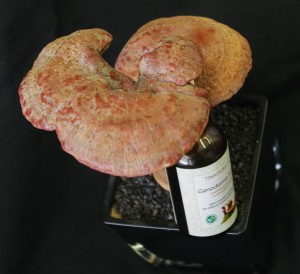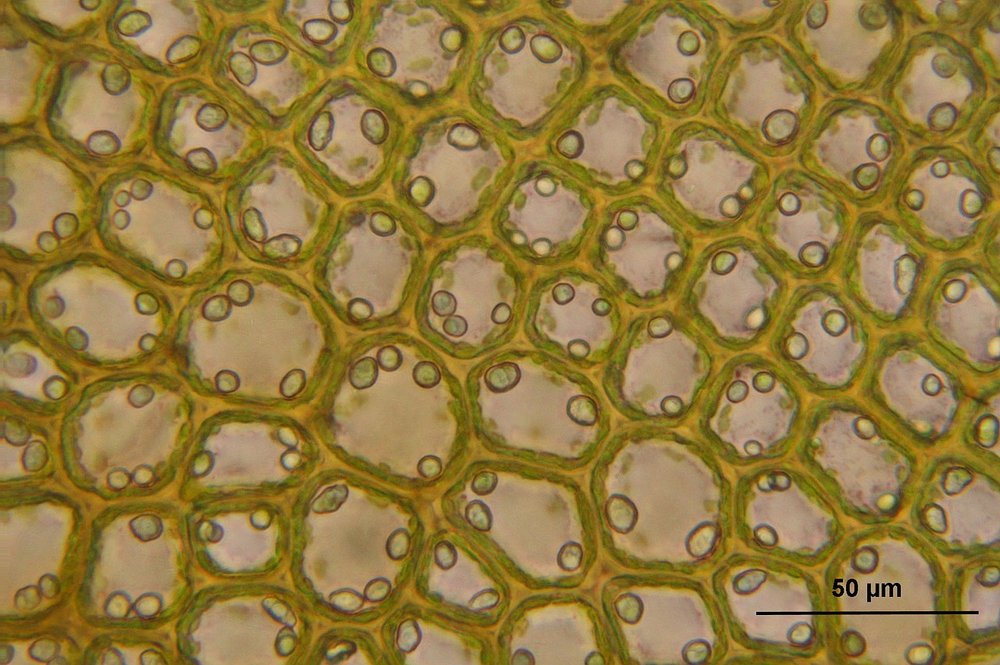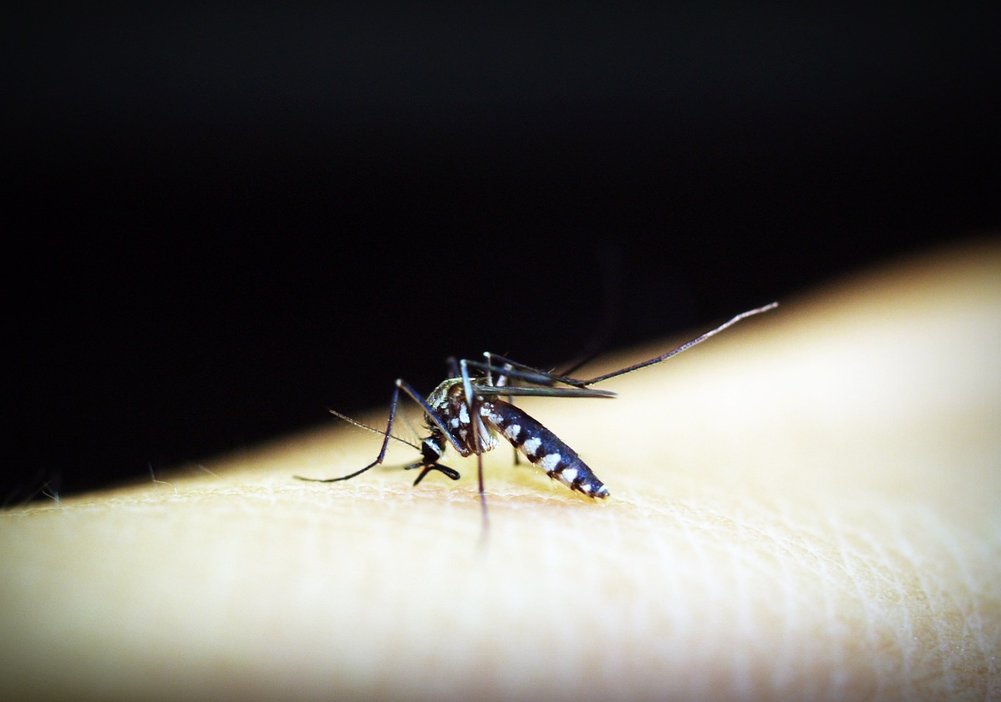There are approximately 140 000 species of higher fungi. Only 10% of mushroom-forming species are known, making them an enormous untapped pool of potentially useful substances.
The use of mushrooms in human diet and medicine goes back a few centuries B.C. Their benefit to the human health was already recognized by the Chinese, which called mushrooms “The elixir of life”. On the other hand, poisonous mushrooms killed emperors and hallucinogenic mushrooms did the job for those who wanted to escape the reality.

Ganoderma lucidum, also called Reishi is a well-known medicinal mushroom and one of the most effective source of medical compounds that derive from nature. Photo by Erjavec J.
What is their secret?
Fungi have very diverse “lifestyles”. They live as parasites, saprotrophs or form mycorrhizae. Besides that, they have to compete for resources and defend themselves against pathogenic and predatory organisms in their environment. This all results in the production of a wide range of bioactive substances.
What do they actually offer?
Smaller molecules, such triterpenoids and large molecules, such as polysaccharides, are already being used in medicine. Mushroom proteins on the other hand have so far been limited to very few applications. The studies of mushroom biologically active proteins revealed extraordinary potential for their use in biotechnology, medicine and agriculture (1). However they are still relatively unexplored which is confirmed by the fact that approximately 60% of the 260 commercialized enzymes originate from fungi but only five originate from higher fungi (2).
Killing the bacteria
In our latest research of 150 mushroom protein extracts we have identified 15 extracts with strong and medium antibacterial activity against several bacterial species; Ralstonia solanacearum which causes approx. $1 billion in crop loss worldwide, Ralstonia mannitolilitytica which is responsible for numerous hospital infections and Escherichia coli which causes severe diseases in humans (3). The level of inhibition varied and the extract that inhibited both Ralstonia species, did not necessary inhibit E. coli.

Higher fungi that form mycorrhizae less often possess strong antibacterial substances. That is simply because they don’t have to fight for their food. Photo by Erjavec J.
This indicates that the inhibition mechanism is not limited to the gram negative structure of the membrane. The study of these mechanisms can show us a step further on how to overcome the on-going battle of antibiotic resistances. Moreover, extracts were also effective in slowing the disease progression in plants infected with R. solanacearum which opens new possibilities on how to prevent and treat these infections.
With next generation sequencing and novel tools in systems biology, mushrooms should be taken into consideration when looking for powerful, natural and consumer friendly, biologically active proteins suitable for applications in the fields of biotechnology, medicine and agriculture.
Jana Erjavec, PhD, BioSistemika LLC
1. Erjavec, J., Kos, J., Ravnikar, M., Dreo, T., Sabotic, J. 2012. Proteins of higher fungi – from forest to application. Trends in Biotechnology, 30 (5): 259-273. http://dx.doi.org/10.1016/j.tibtech.2012.01.004
2. Østergaard, L.H. and Olsen, H.S. 2010. Industrial applications of fungal enzymes, In: The Mycota X Industrial Applications (2nd edn) (Hofrichter, M., ed.), pp. 269–290, Springer-Verlag
3. Erjavec, J., Ravnikar, M., Brzin J., Grebenc T., Blejec A., Želko Gosak M., Sabotič, J, Kos J., Dreo T. 2016. Antibacterial Activity of Wild Mushroom Extracts on Bacterial Wilt Pathogen Ralstonia solanacearum. Plant Disease, 100 (2): 453-464. http://dx.doi.org/10.1094/PDIS-08-14-0812-RE











